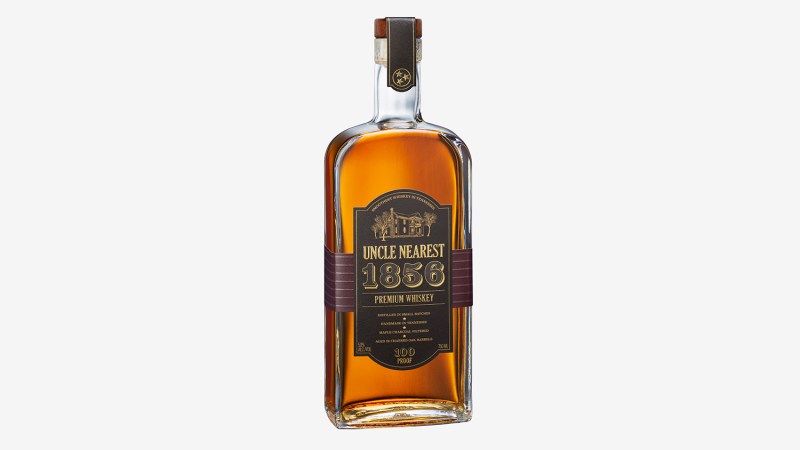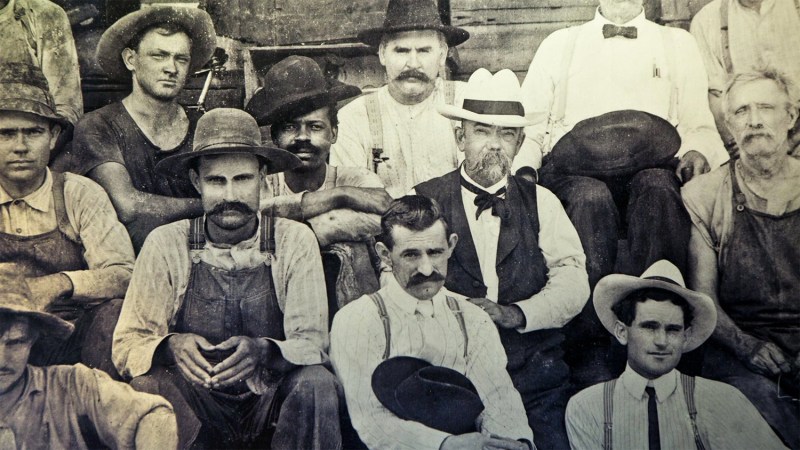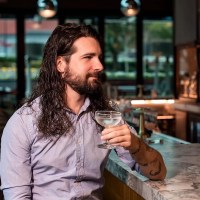When you think of the history of American whiskey, certain names come to mind: Jimmy Russell, James E. Pepper, Jack Daniel. All of these men were important to the modern whiskey industry, but, thanks to author Fawn Weaver, we can add one more name to the canon: Nathan “Nearest” Green. Not only did Weaver help uncover this name — she brought one of the most important men in American whiskey making to the forefront. Uncle Nearest (as he was known to most), it turns out, was the man who taught the Jack Daniel how to make whiskey.
It wasn’t until 2016 that the Jack Daniel’s Distillery (amidst celebrating 150 years), acknowledged that Nearest Green, originally a slave, was responsible for teaching Jack Daniel, thus was the first African-American master distiller in the country. When Weaver heard about this, she knew it was just the beginning of the story. She took it upon herself to start researching Green in order to make sure that his life and legacy are cemented where they should be. In order to do that, Weaver did two things: She established the Nearest Green Foundation, a nonprofit organization, and launched 12 projects that would help ensure his story lives on.
“Nearest is the first African-American master distiller in the United States to be honored, yet those who have studied spirits history know African-Americans were absolutely critical to the creation of the American whiskey industry,” Weaver said of the project. “I have uncovered the story of one man, but my hope is others will continue to dig and even more will be honored in our lifetime and beyond.”

In a fitting homage to the man, Uncle Nearest 1865 Premium Whiskey was born. Uncle Nearest is a Tennessee whiskey that utilizes a Lincoln County recipe from the late 1800s.
“It was saved from a fire just behind the square in Lynchburg and is now under lock and key at the Farmers Bank in Lynchburg, the bank Jack Daniel founded in 1888,” Weaver said of the recipe.
If Lincoln County sounds familiar, it’s because it’s where the Lincoln County Process — the practice of charcoal-mellowing a whiskey after distillation — comes from. Nearest Green was instrumental in the development of the Lincoln County Process, laying the groundwork for the entire Tennessee whiskey category that we have today. (If you want to learn more about Tennessee whiskey, check out this piece or hop on the Tennessee Whiskey Trail.)

The recipe for the whiskey, according to Weaver, utilizes corn malt, an ingredient that hasn’t been used in other Tennessee whiskeys in a very long time.
“This is the most authentic brand story to enter the whiskey market in more than 100 years, so it was imperative we use an authentic Lincoln County recipe, as that was where Nearest lived, made his whiskey, and helped perfect the Lincoln County Process,” Weaver said.
The final product is 50-percent ABV whiskey that is caramel in color with notes of hay, peach, and maple on the nose and a caramel and maple palate. A long, lingering finish follows notes of raisins and spice.
Throughout the process of getting the whiskey brand up and running, Weaver has been working tirelessly to discover and document Nearest Green’s legacy, including tracking down and working with Green’s descendants.
“From his eldest-living descendant (107-years old) to his youngest, I’ve had the opportunity to spend time with nearly every one of them. His family is in Tennessee, Missouri, Texas, California, and Indiana, so I’ve spent a lot of time on planes since this project began,” Weaver said. “A few weeks ago, I had the pleasure of taking the granddaughter of George Green (Nearest’s son sitting to the immediate right of Jack Daniel in the photo that went viral) on a private tour of Jack Daniel’s. To see her face light up when she saw ‘Daddy George’ is an experience I will not soon forget.”

Since launching in August, Uncle Nearest 1856 has expanded significantly. While they’ve sourced the initial batches of whiskey, Weaver said they recently signed the purchase agreement for a distillery operation of their own, which will allow the whiskey — and the legacy of Nearest Green — to grow even more (including the release of a “Silver Whiskey” expression).
“I’ve spent the better part of the last 10 years traveling the world, and everywhere I go, I can say ‘Johnnie Walker’ or ‘Jack Daniel,’ and whether or not a person drinks whisk(e)y, they know the contributions these two men have made to the whiskey industry,” Weaver said. “In 20 years, I want to be able to go anywhere in the world and say the name ‘Nearest Green’ and people know he was the first African-American master distiller on record in the United States, and helped perfect the process that takes an American bourbon and turns it into Tennessee whiskey.”



